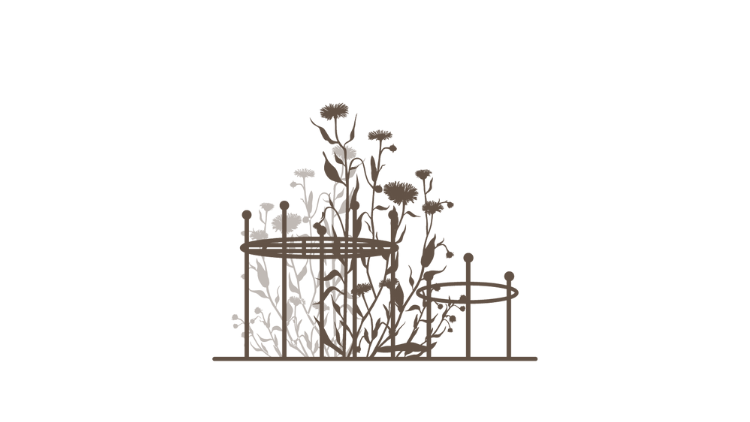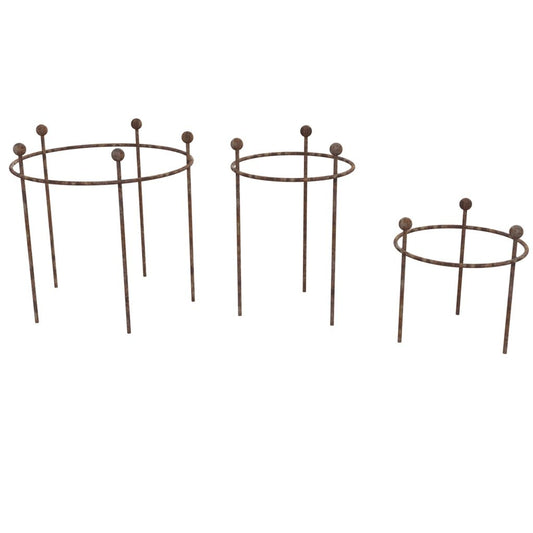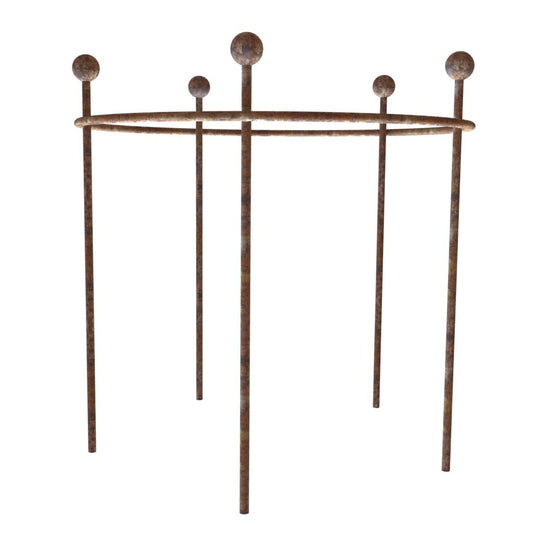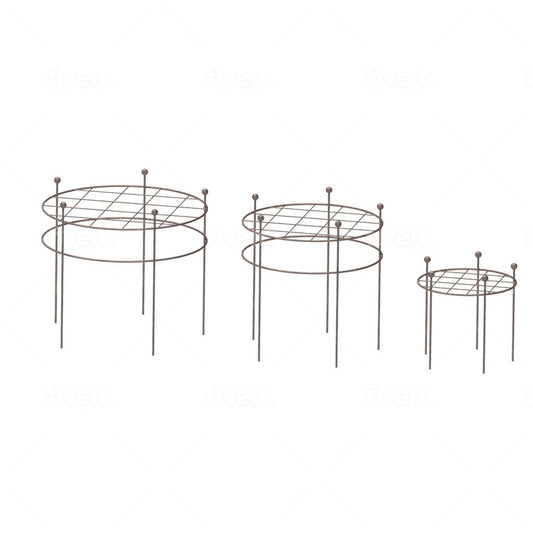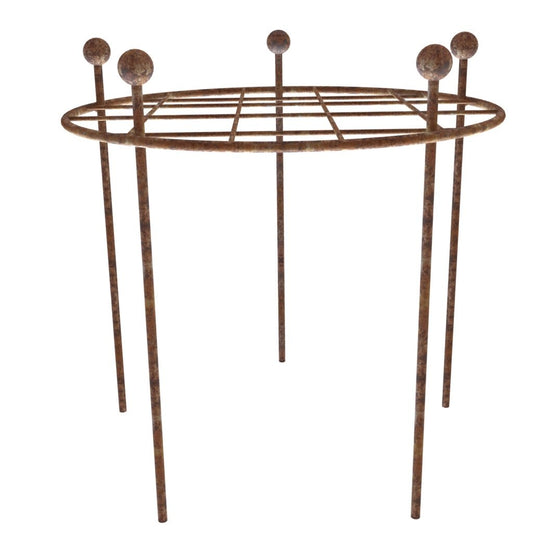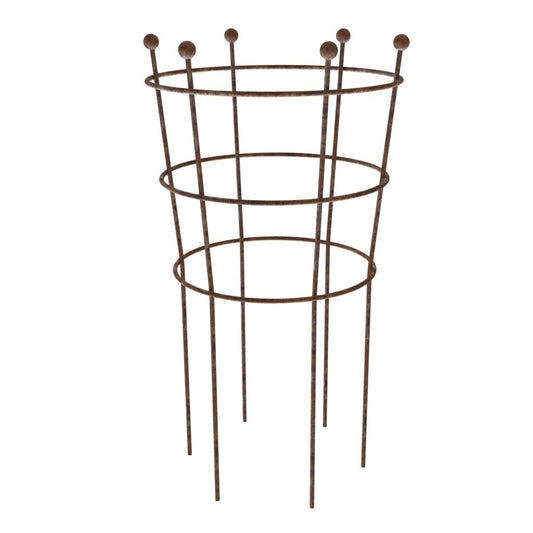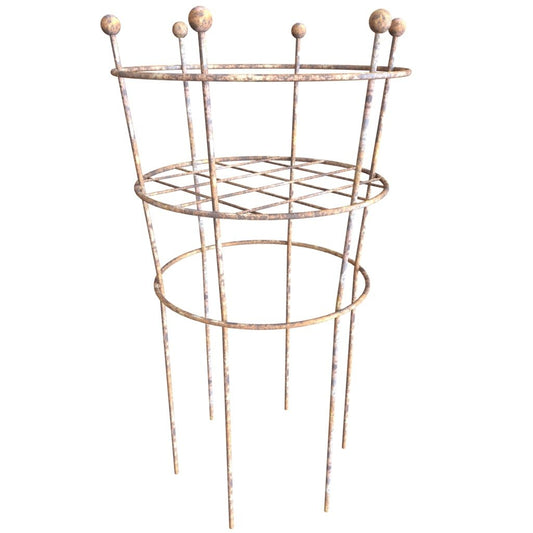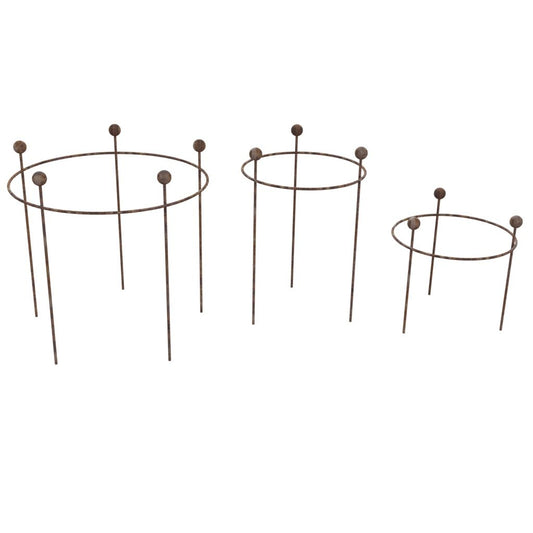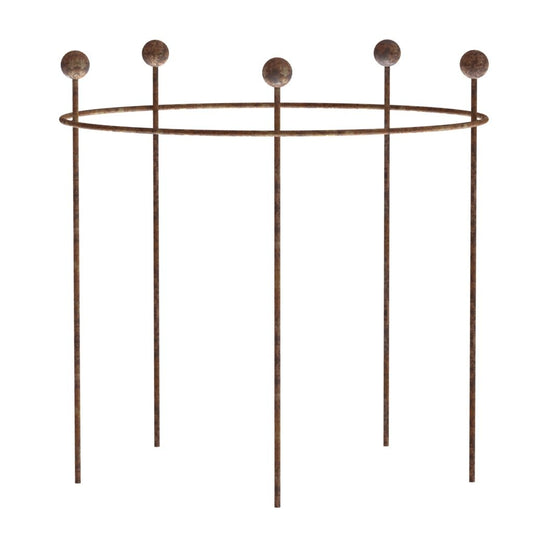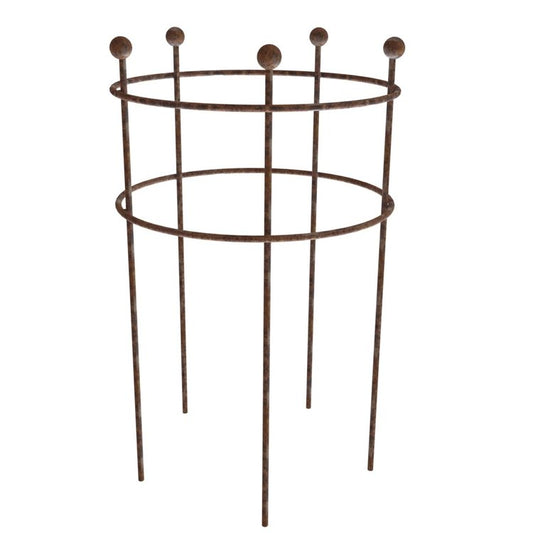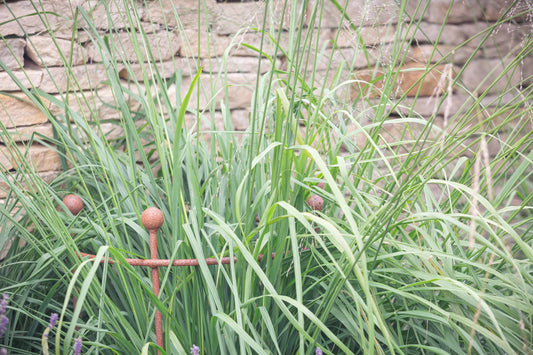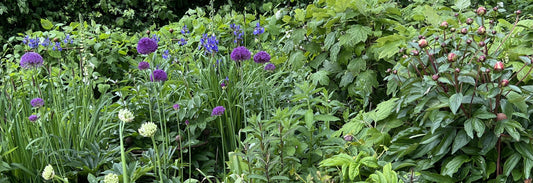-
Herbaceous Supports (1-ring)
Regular price From £66.00 GBPRegular priceUnit price per -
Herbaceous Supports with Grid (1 & 2-ring)
Regular price From £170.50 GBPRegular priceUnit price per -
Herbaceous Supports (3-ring)
Regular price From £236.50 GBPRegular priceUnit price per£0.00 GBPSale price From £236.50 GBP -
Herbaceous Supports (3-ring with grid)
Regular price From £302.50 GBPRegular priceUnit price per -
Herbaceous Supports (1 ring 8mm)
Regular price From £49.45 GBPRegular priceUnit price per -
Peony Support (Ornamental Grasses)
Regular price £159.50 GBPRegular priceUnit price per£145.00 GBPSale price £159.50 GBP

Lesley Ann's Tip
FAQs
What are the best plant supports for hydrangeas?
Do hydrangeas need support?
Do hydrangeas like pots or beds?
Why do hydrangeas wilt so fast?
Should you prune hydrangeas?
Looking for something else?
Head back to view all of our collections to see if we can get the right product for your garden.

